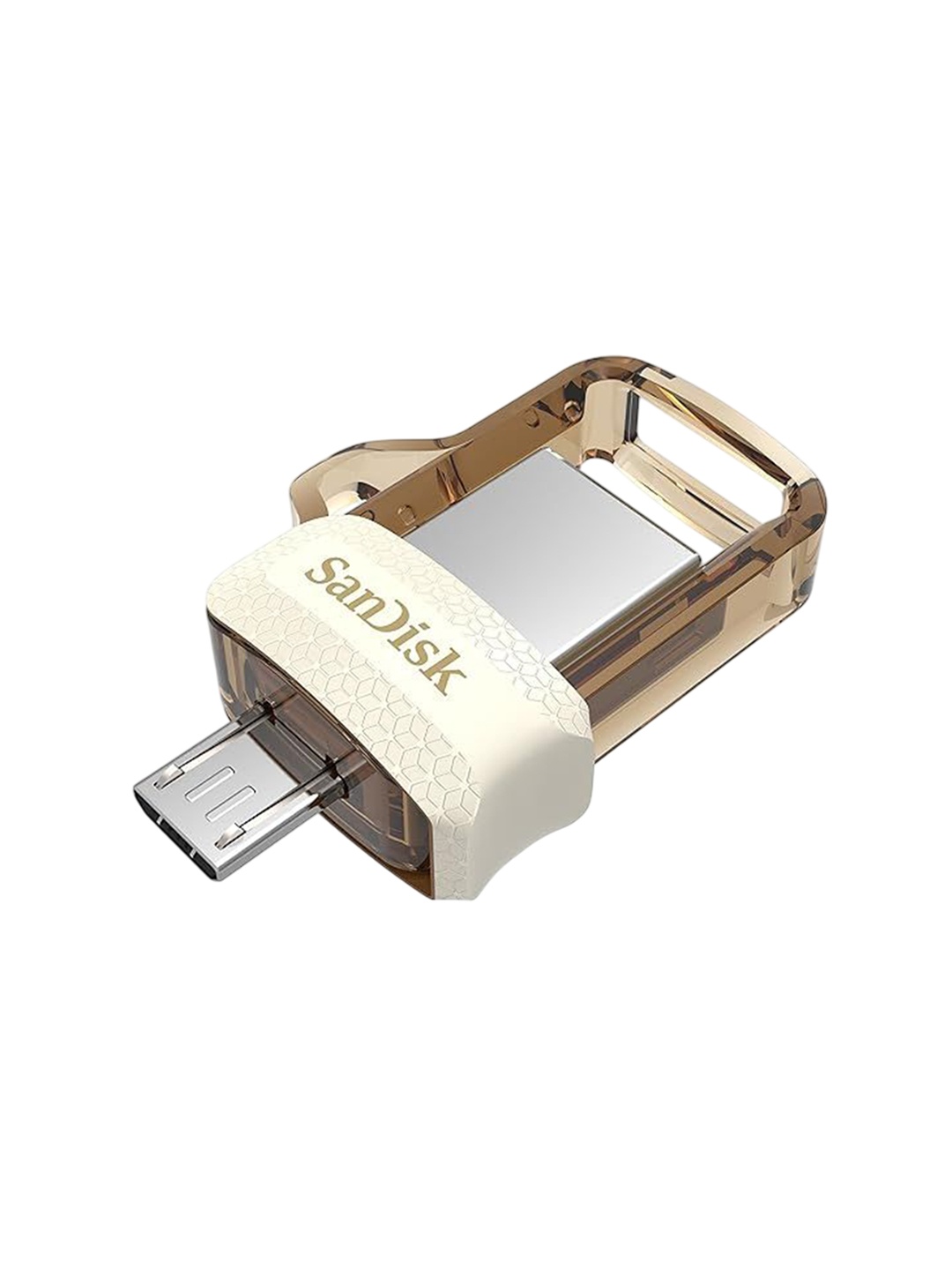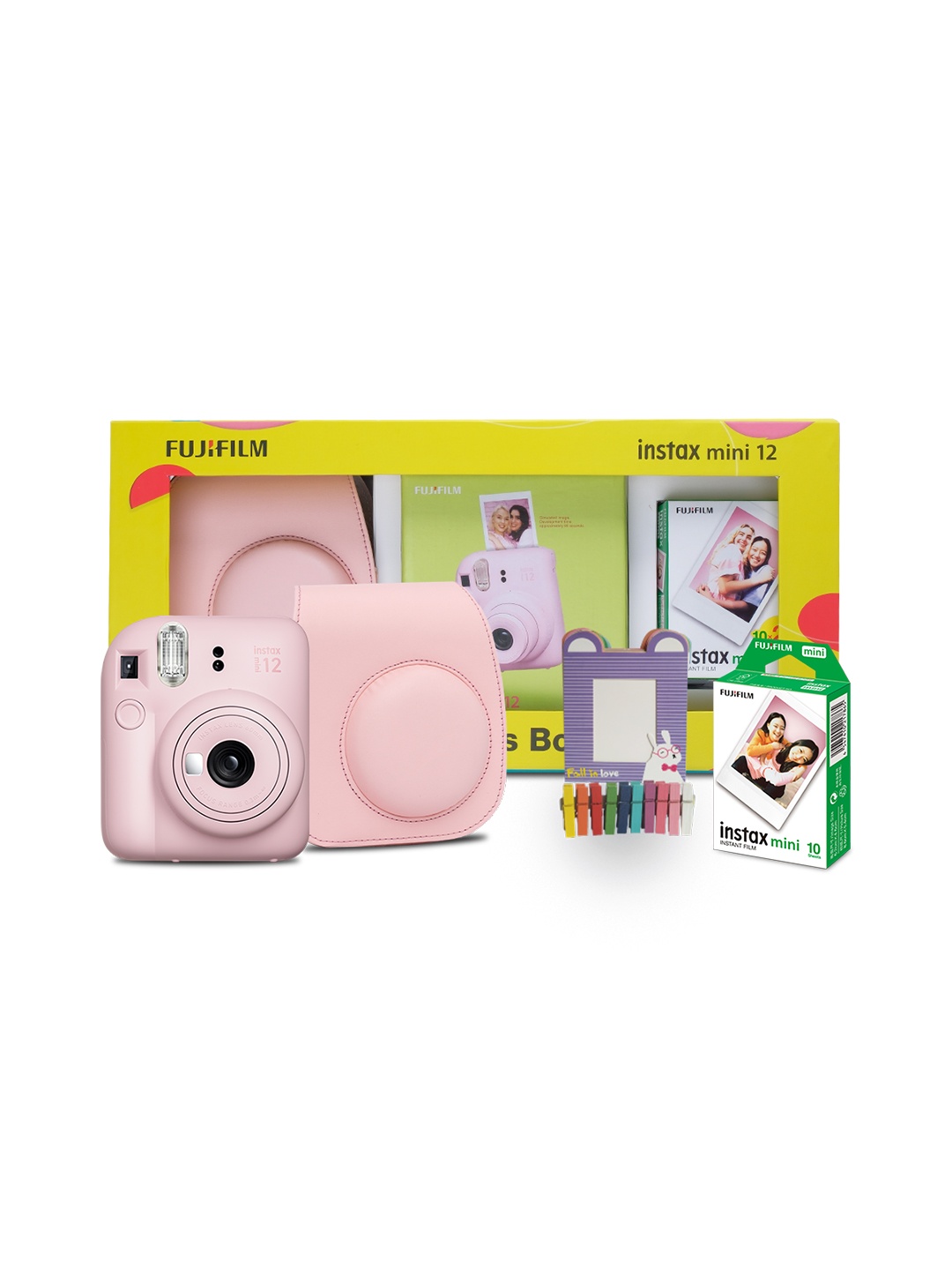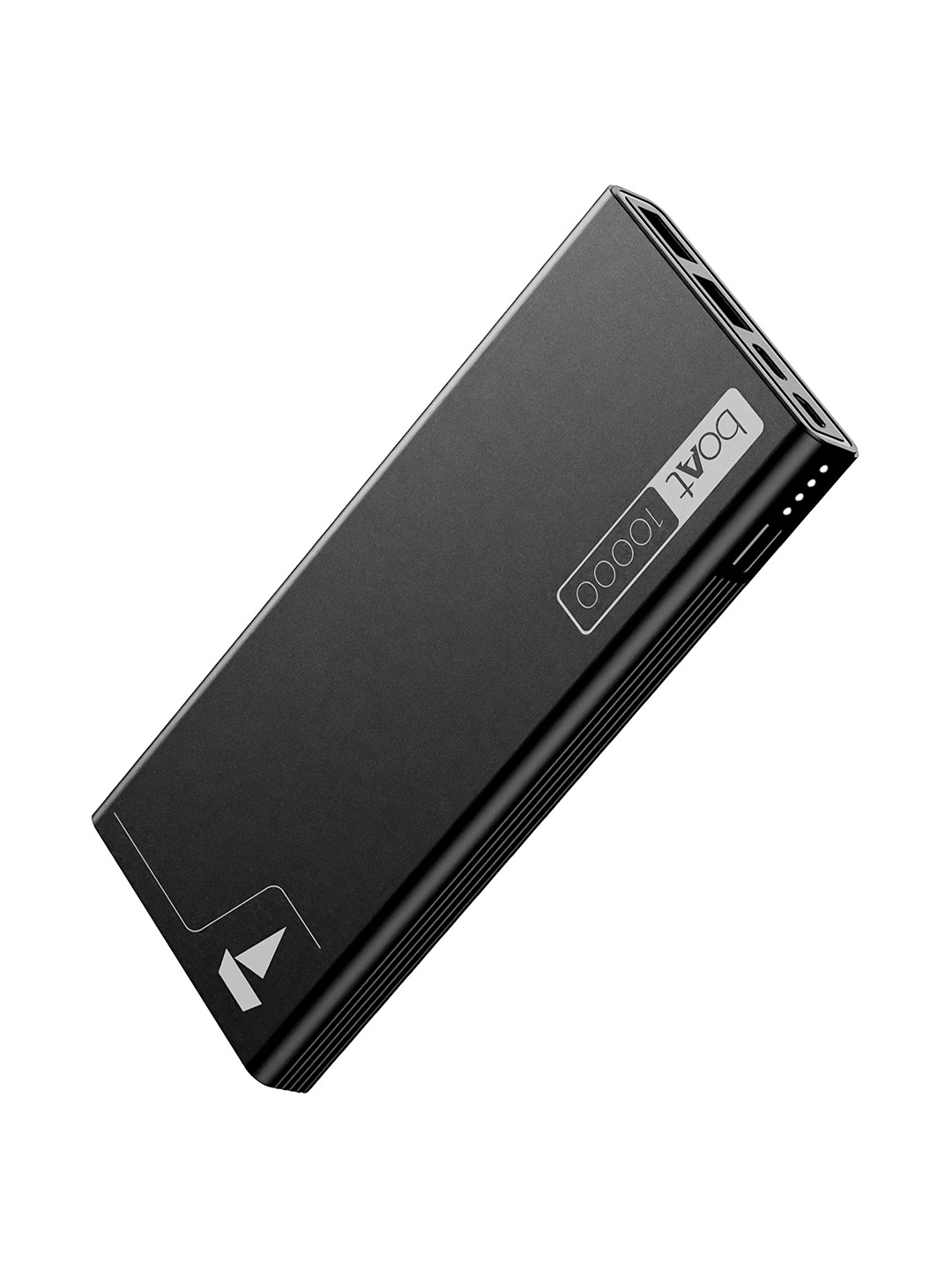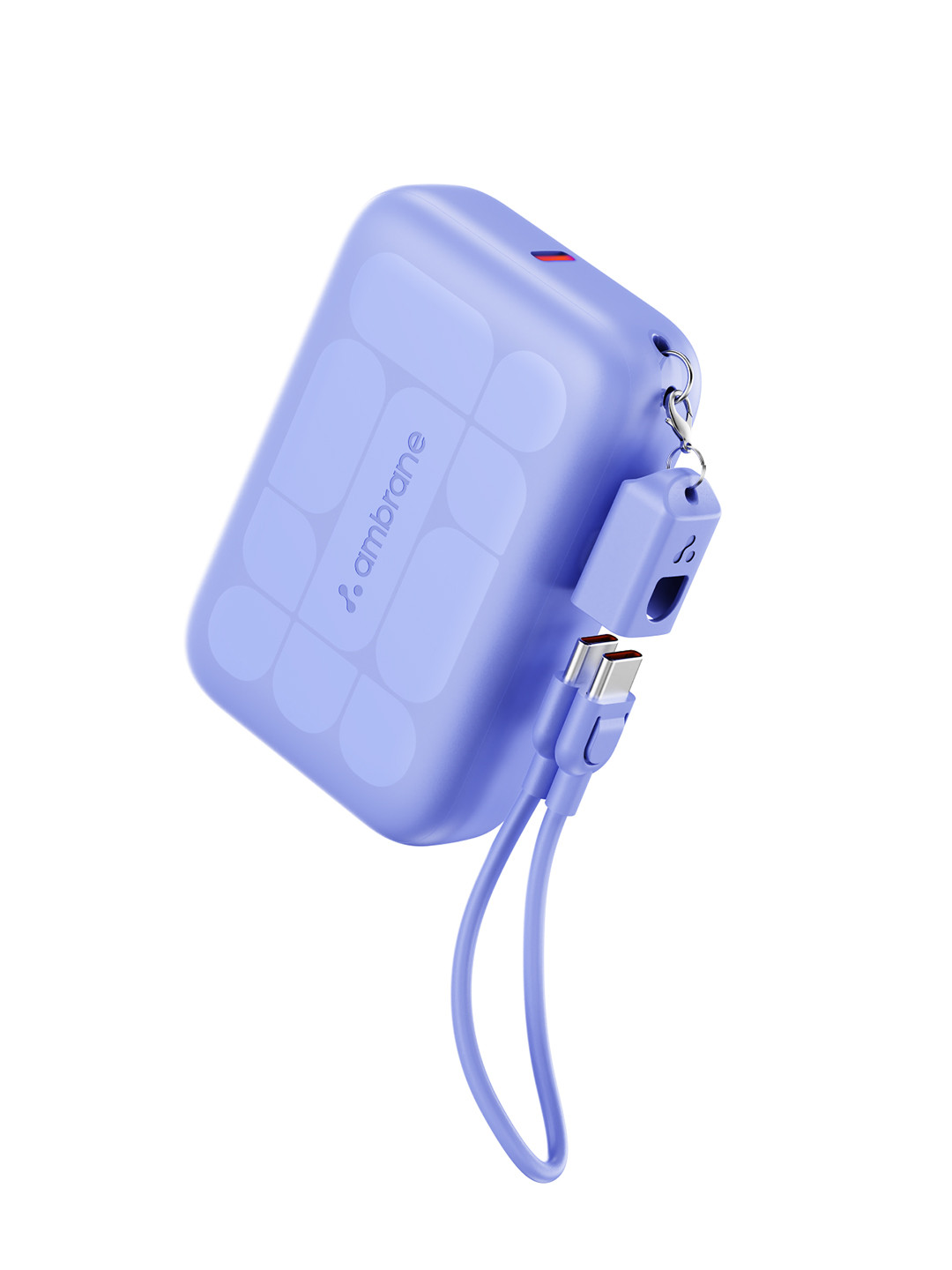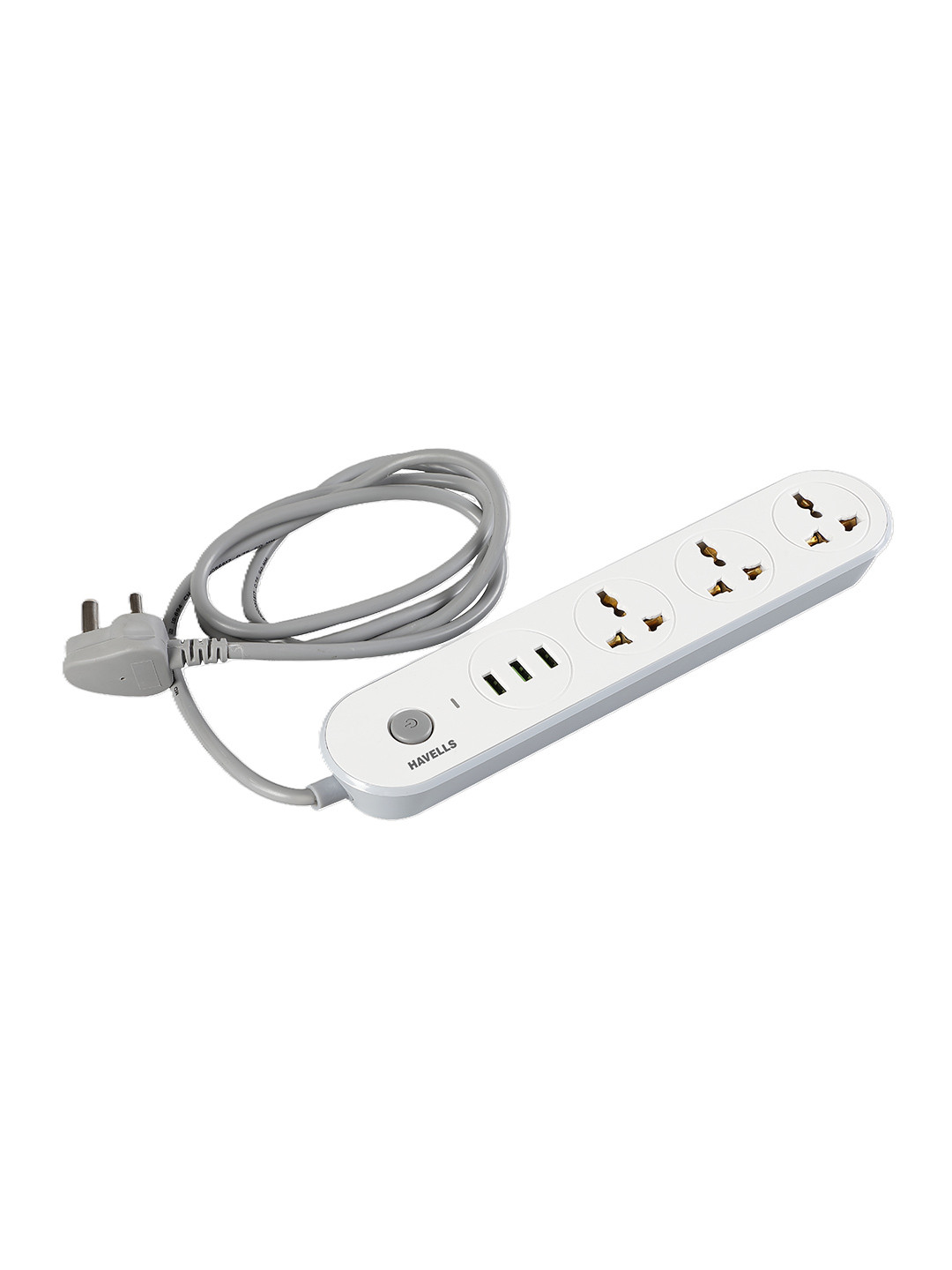Mouse Pads With Wrist Rests: Are They Actually Good For Posture?
Mouse pads with wrist rests have quietly crept into offices, study tables and gaming setups. They promise comfort, claim to prevent wrist pain and look rather fancy too. But do they help posture? Let us unpack this ergonomic mystery, wrist by wrist.

How good are mouse pads with wrist rests for your health
Scroll through any online store and you'll spot them, mouse pads with raised, gel-filled cushions claiming to be the cure for tired wrists. They come in colours, textures, and even with cartoon characters. Many swear by them, while others grumble that they make things worse.

Things you should know about mouse pads with wrist rests; Photo Credit: Pexels
In a world where hours disappear behind screens, comfort isn't just a luxury; it's survival. People work, design, and game for long stretches, often ignoring posture until discomfort knocks on the door. Somewhere between a cup of chai and a late-night deadline, wrists take the hit. So, are these cushioned mouse pads the heroes of ergonomic health, or just another trendy desk accessory? Let's explore this question layer by layer, from how our wrists work to whether those squishy pads truly make a difference.
Also Read: Smooth Scrolls: Top 5 Mouse Pads At Great Prices On Amazon
Breaking It Down: The Truth About Mouse Pads With Wrist Rests
1. The Rise of the Wrist Rest Revolution
There's something undeniably tempting about a sleek mouse pad with a soft cushion at the edge. It looks supportive, feels luxurious, and promises relief from pain that creeps in after long computer sessions. Over the last few years, as work-from-home culture gained pace, these pads became desk essentials.
Walk into any electronics store, and the sight is hard to miss, stacks of gel, memory foam, and fabric wrist rests, often paired with matching keyboard pads. Priced anywhere between ₹300 and ₹1,500, they promise ergonomic comfort for every kind of desk warrior. Yet, this sudden popularity isn't just about comfort; it's about fatigue. People are seeking ways to work longer without pain, and wrist rests seem like the easy answer.
However, popularity doesn't always equal effectiveness. Before diving into the hype, it's worth asking, are these cushions helping posture, or simply cushioning bad habits?
2. How Posture Really Works at the Desk
Posture is more than sitting up straight, it's a balance of movement, alignment, and muscle awareness. The human body isn't built to sit still for hours, let alone glued to a computer screen. The shoulders roll forward, the back curves, and the wrists end up in awkward angles while chasing the cursor.
At the desk, posture depends on how everything, chair, desk, monitor, and mouse, fits together. Even the smallest imbalance can strain the muscles and joints. For instance, if the mouse is too far from the body, the arm stretches unnecessarily, pulling at the shoulder. If it's too high, the wrist bends upwards, compressing nerves over time.
A wrist rest can seem like a quick fix, but posture is a full-body act, not a wrist-only performance. Without proper chair height, monitor placement, and mindful breaks, even the fanciest gel pad can't save a sagging spine or a sore shoulder.
3. The Science Behind Wrist Rests
Wrist rests were designed with good intentions. They aim to reduce wrist extension, that slight backward bend that happens when using a mouse on a flat surface. Over time, that bend can compress the median nerve, causing tingling or pain. A soft cushion under the wrist keeps it aligned, distributing pressure more evenly.
But here's the twist: if used incorrectly, these rests can backfire. When the wrist stays pressed into the cushion while moving the mouse, it increases friction and pressure. Instead of gliding smoothly, the wrist becomes a pivot point, which can worsen discomfort.
Ergonomists suggest that wrist rests should support the base of the palm, not the wrist itself. That subtle difference changes everything, it allows free wrist movement while still offering gentle support during breaks. So, the science isn't against wrist rests; it's against how most people use them.
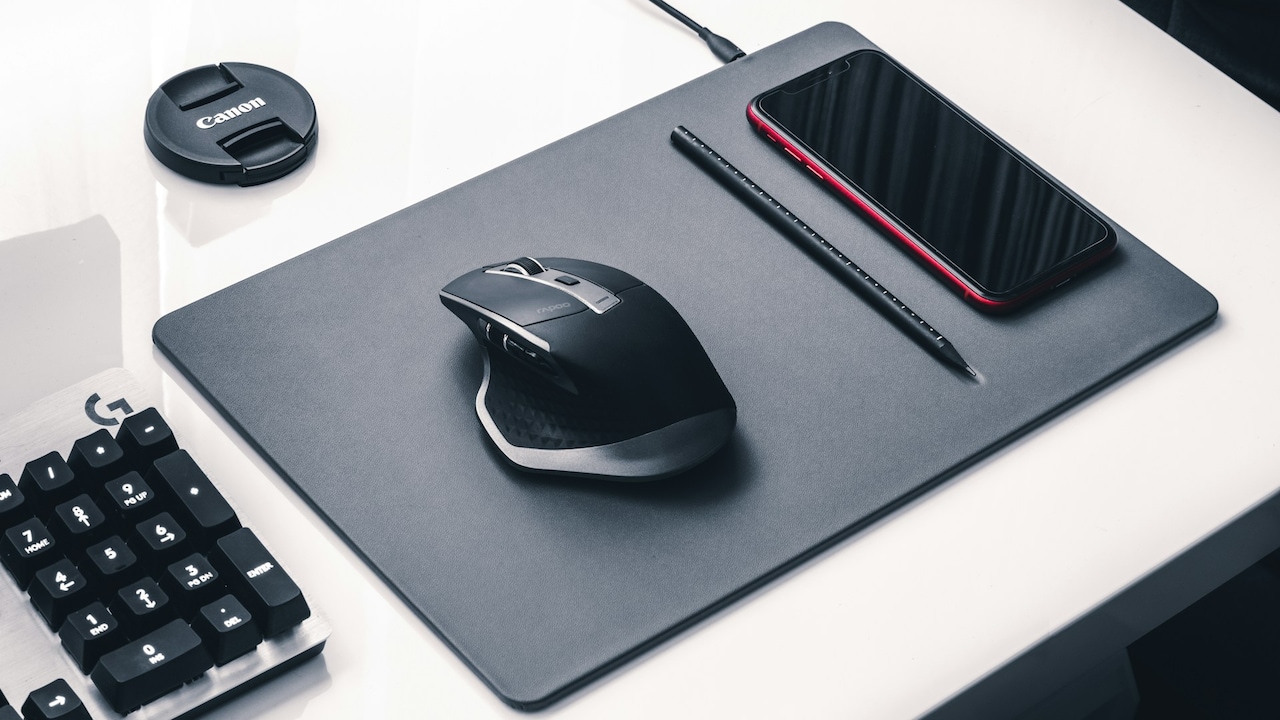
Rrist rests support the base of the palm and may prove to be beneficial; Photo Credit: Unsplash
4. The Comfort Myth: When Cushion Becomes a Crutch
It's easy to get attached to comfort, especially when a plush gel pad sits under the wrist all day. It feels good, and that's exactly the trap. Comfort can trick the brain into thinking posture is fine when, in reality, it's not.
Think of it like wearing cushioned slippers all day, they feel soft, but they can still let bad walking habits continue. Similarly, wrist rests can encourage static posture, where the wrist stays in one spot for too long. Movement is what muscles crave, not stillness.
The real fix lies in adjusting habits, taking breaks every 30 minutes, stretching fingers, rolling shoulders, and ensuring the mouse is close to the body. The pad can be part of that comfort ecosystem, but not the star of the show.
5. What Experts Say: Ergonomics Unpacked
Ergonomic specialists often have mixed opinions about wrist rests. Some recommend them as helpful aids when used properly; others believe they offer more placebo than protection.
According to physiotherapists, the biggest issue isn't the pad itself, it's the workstation setup. A proper ergonomic desk should allow elbows to rest at 90 degrees, the mouse to be at the same height as the keyboard, and the screen to meet eye level. Without that foundation, even the best-designed wrist rest can't prevent strain.
Studies also show that people who rely solely on wrist supports without changing posture tend to experience more forearm fatigue. In contrast, those who adjust their workspace first and use the pad sparingly report fewer issues. The key takeaway? Ergonomics isn't about gadgets, it's about awareness.
6. Choosing the Right Wrist Rest
Not all wrist rests are created equal. Some are too soft, causing the wrist to sink; others are too firm, creating pressure points. The ideal rest should feel supportive but not squishy, maintaining wrist alignment without forcing it.
Material matters too. Gel pads stay cool but can leak or harden over time. Memory foam offers better moulding but may retain heat. Fabric covers feel breathable, while silicone surfaces are easier to clean. Size is equally crucial, the pad should match the mouse's movement range, not restrict it.
When buying one, testing helps. Place the base of the palm on the pad and move the mouse, if it feels effortless and natural, that's the right fit. Spending ₹800 on a quality ergonomic pad may save a lot more in physiotherapy bills later.'
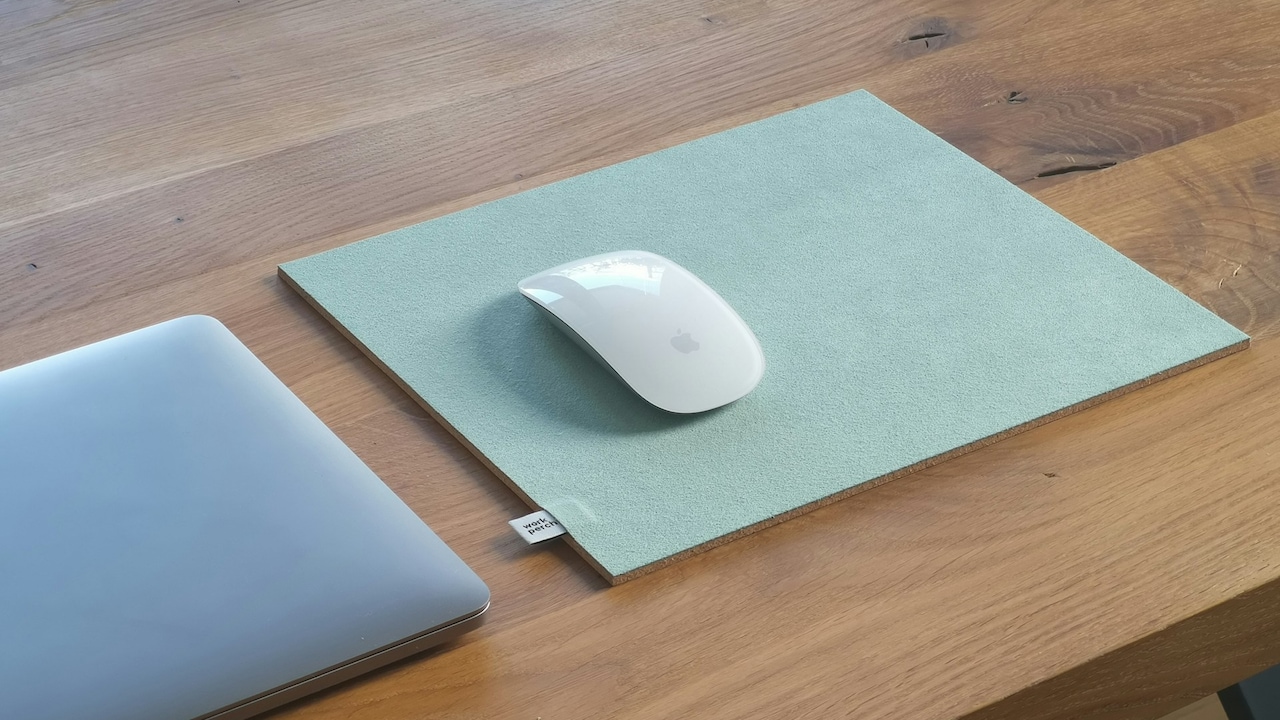
Consider the material like gel pads and memory foam; Photo Credit: Unsplash
7. Real-World Scenarios: Offices, Gamers, and Designers
Different users experience wrist rests differently. Office workers often benefit from them during prolonged typing or data entry sessions. Gamers, however, may find them restrictive, as fast mouse movements require flexibility. Graphic designers, who rely on precision, might prefer slim pads that don't interfere with movement.
In busy offices, a wrist rest can act as a reminder to maintain posture. At home setups, it becomes a comfort accessory, especially during marathon editing or gaming sessions. But one thing remains constant: its effectiveness depends on how consciously it's used.
A cushion on the desk won't fix a slouch on the chair. Even the most ergonomic setup needs balance, alternating between sitting and standing, adjusting arm height, and staying mindful of how the body feels after every few hours of work.
8. DIY Fixes and Home Ergonomics
Not everyone wants to splurge on accessories. Fortunately, posture-friendly setups don't always demand fancy gear. A rolled-up towel, a folded handkerchief, or even a soft scarf can act as a makeshift wrist rest.
The trick is maintaining alignment. The mouse should be level with the elbow, and the wrist should stay neutral, neither bent upwards nor downwards. Simple home changes like adjusting chair height or using a small cushion behind the lower back can dramatically improve comfort.
Lighting also plays an unexpected role. Straining eyes lead to leaning forward, which in turn affects wrist position. A well-lit workspace and mindful screen distance go a long way. The goal isn't to buy the most expensive pad but to create a space where the body moves naturally.
9. Beyond the Desk: Healthy Wrist Habits
Good posture doesn't end when the computer shuts down. Wrists need regular movement and care. Gentle stretches, rotating the wrists, flexing fingers, and massaging the forearms help release tension built up through the day.
A few minutes of wrist rotation before and after work can prevent stiffness. Small hand exercises, like squeezing a stress ball or practising yoga stretches, improve flexibility and blood flow. Even traditional practices like oil massages can ease muscle fatigue.
The body responds best to consistency. A mindful approach, staying aware of discomfort early and adjusting posture before it becomes pain, is the true secret to ergonomic health. Wrist rests might support this journey, but they can't walk it alone.
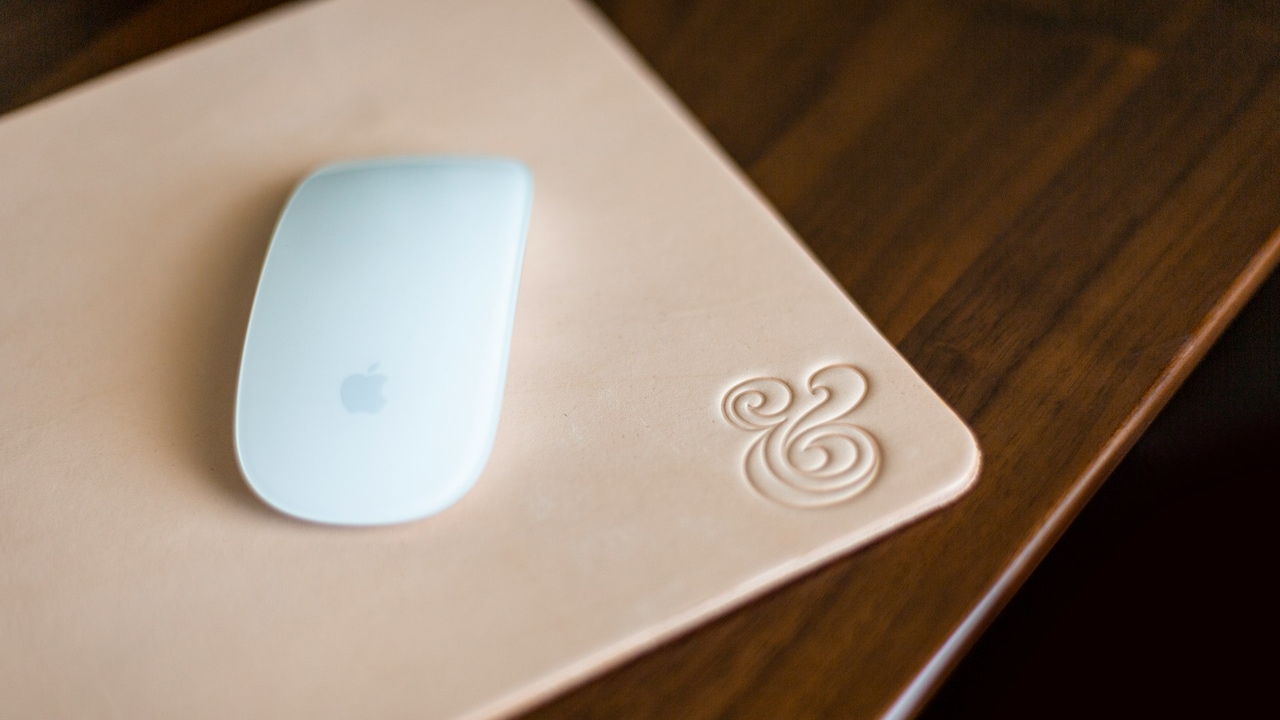
Engage in small wrist habits after the work also; Photo Credit: Unsplash
10. Verdict: Helpful Tool or Just Hype?
So, are mouse pads with wrist rests genuinely good for posture? The answer sits somewhere in the middle. They can offer relief, encourage better alignment, and make long hours more comfortable. But they aren't magic wands.
Used wisely, they serve as gentle reminders to maintain good form. Used mindlessly, they become another accessory gathering dust. Posture is an active habit, one that grows from awareness, movement, and care for the body.
So, before buying that glossy gel pad, take a moment to adjust your chair, stretch your wrists, and set your desk right. After all, true comfort doesn't come from what's under the wrist, it comes from what's behind it: mindful movement and balance.
Products Related To This Article
1. STRIFF Gel_Wrist_Support Mouse pad with, Gaming Mouse Pad
2. Sounce Mouse Pad
3. ZEBRONICS MSP-X6 Mouse Pad
4. Sounce Mouse Pad, Ergonomic Mouse Pad with Comfortable Gel Wrist Rest Support and Lycra Cloth
5. eulps Mouse Pad Wrist Support, Ergonomic Memory Foam Keyboard Wrist Pad
6. ZEBRONICS MSP-X5 Mouse Pad, for Speed and Precision Operation
7. Tukzer Gel Mouse Pad Wrist Rest Memory-Foam Ergonomic Mousepad
Mouse pads with wrist rests are neither villains nor saviours. They're tools, helpful when part of a broader ergonomic routine. The real magic lies in how they're used. Paired with proper desk alignment, frequent breaks, and a bit of self-awareness, they can genuinely ease daily strain.
But no cushion can replace conscious posture. Comfort begins with movement, awareness, and the simple act of listening to the body's cues. So, whether it's a ₹400 gel pad or a handcrafted desk setup, what truly matters is how thoughtfully it fits into daily life.
Disclaimer: The images used in this article are for illustration purpose only. They may not be an exact representation of the products, categories and brands listed in this article.










